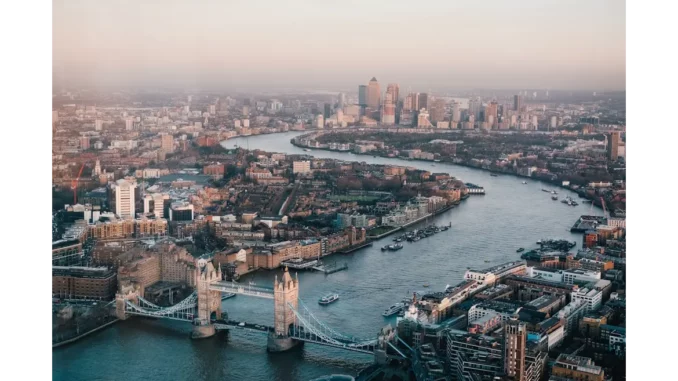
The dynamic skyline of London is emblematic of the city’s rich history and ongoing evolution, showcasing a unique interplay between modernity and tradition. This delicate equilibrium is frequently tested with the introduction of new architectural projects, such as the contentious 99 Bishopsgate, a proposed 54-storey tower designed by Rogers Stirk Harbour + Partners (RSHP). The project has become a focal point of debate due to concerns raised by Historic England, the government’s advisory body on heritage. They have voiced apprehensions about the potential impact this development could have on the iconic vistas of St Paul’s Cathedral, one of London’s most treasured Grade I-listed structures.
Successful low-energy building design hinges on careful planning. Focus360 Energy can help.
The architectural vision for 99 Bishopsgate seeks to act as a “transitional” structure, offering a seamless blend between the modern aesthetic of the City of London’s eastern cluster and the historical brick edifices of the adjacent conservation area. However, Historic England contends that the proposed tower would create an abrupt “cliff edge” effect, disrupting the gradual height progression that city planning guidelines aim to preserve. Such a stark transition, they argue, would not only undermine the visual coherence provided by the clustering of tall buildings but also compromise the protected views of St Paul’s, a significant element of London’s cultural heritage.
St Paul’s Cathedral holds a monumental place in both London’s architectural landscape and cultural narrative. Conceived by Sir Christopher Wren in the late 17th century, the cathedral has withstood the challenges of the Great Fire of London, the Blitz, and a myriad of other historical trials, emerging as a beacon of resilience and continuity. Its majestic dome is a quintessential feature of the London skyline, and any development threatening its visibility is met with staunch opposition. RSHP has incorporated a chamfered top in their design to lessen the visual impact from Waterloo Bridge, a heavily trafficked vantage point. Nevertheless, Historic England has deemed this modification insufficient, asserting that the tower would still inflict substantial harm on the cathedral’s visual prominence.
The controversy surrounding 99 Bishopsgate has also attracted the scrutiny of the London Review Panel, an independent entity financed by the Greater London Authority. The panel has criticised the proposal, particularly objecting to the complete demolition of the existing 1970s building on the site. In their assessment, they have urged the developers to reassess their strategy, highlighting the necessity of safeguarding historical structures while embracing new architectural ventures. Despite the involvement of a distinguished project team, including firms like T&T Alinea, AKT II, Ramboll, Atelier 10, Momentum, GIA, Trium Environmental Consulting, and the acclaimed landscape architect Andy Sturgeon, the proposal remains contentious among key stakeholders dedicated to heritage conservation.
The debate over 99 Bishopsgate epitomises the broader challenges faced by urban development in historic cities such as London. While there is an undeniable need for modern infrastructure to support burgeoning populations and economic growth, this must be carefully balanced with the preservation of heritage sites that contribute to the city’s distinctive identity. Decisions regarding projects like 99 Bishopsgate are set to influence future developments within the City of London, highlighting the persistent tension between advancement and preservation.
As the planning process for 99 Bishopsgate progresses, the prospect of reaching a consensus remains uncertain. The resolution will not only reshape the city’s skyline but will also serve as a bellwether for how London manages its identity, striving to honour its storied past while embracing a forward-looking vision. The outcome will have significant implications for the city’s architectural landscape, potentially setting a precedent for how heritage and innovation can coexist in a metropolis that continuously seeks to balance the old with the new.


Be the first to comment